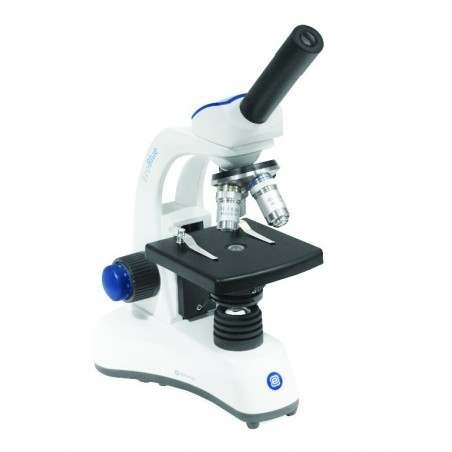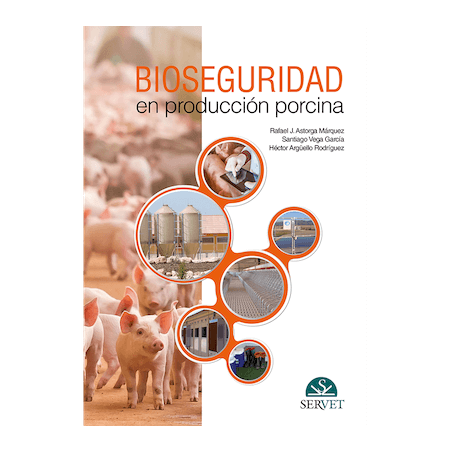The demand for growth in cereals production is projected to slow, in part as per capita food consumption of most cereals is reaching saturation levels in many countries. In 2032, it is estimated that 41% of all cereals will be directly consumed by humans, 37% will be used for animal feeds, and biofuels and other industrial uses will account for the rest.
Global average per capita consumption of meat is projected to increase by 0.1% annually, mostly driven by middle and lower-income countries. Worldwide demand for meat is expected to increase through 2032, but per-capita consumption levels in high-income countries are projected to decline in the coming decade, led by drops in Western Europe and North America.

Worldwide, poultry, pigmeat, beef, and sheepmeat consumption is projected to grow 15%, 11%, 10%, and 15% respectively by 2032. Over the next decade, global pigmeat consumption is projected to grow globally, apart from Europe, where consumption is already high. Pigmeat is projected to reach 93 Mt rwe by 2032. However, in per capita terms, this growth will be stagnant over the projection period. In Latin American countries per capita consumption is projected to increase, due to favorable relative pigmeat/beef prices. Elsewhere, per capita demand is anticipated to be stagnant or decline.
Global production of livestock and fish is projected to expand by 1.3% annually over the next decade, slower than seen in the recent past. Poultry meat is projected to account for almost half the increase in total meat production through 2032.
Global trade in agricultural commodities covered in the Outlook is projected to expand by 1.3% annually - half the pace recorded in the past decade - due mostly to slower growth in demand by middle-income countries. Maize, wheat, and soybeans contributed the most to the overall agricultural trade growth in the past decade; however, they are projected to experience the biggest drop in trade growth over the next 10 years.
July 6, 2023/ FAO.
https://www.fao.org










